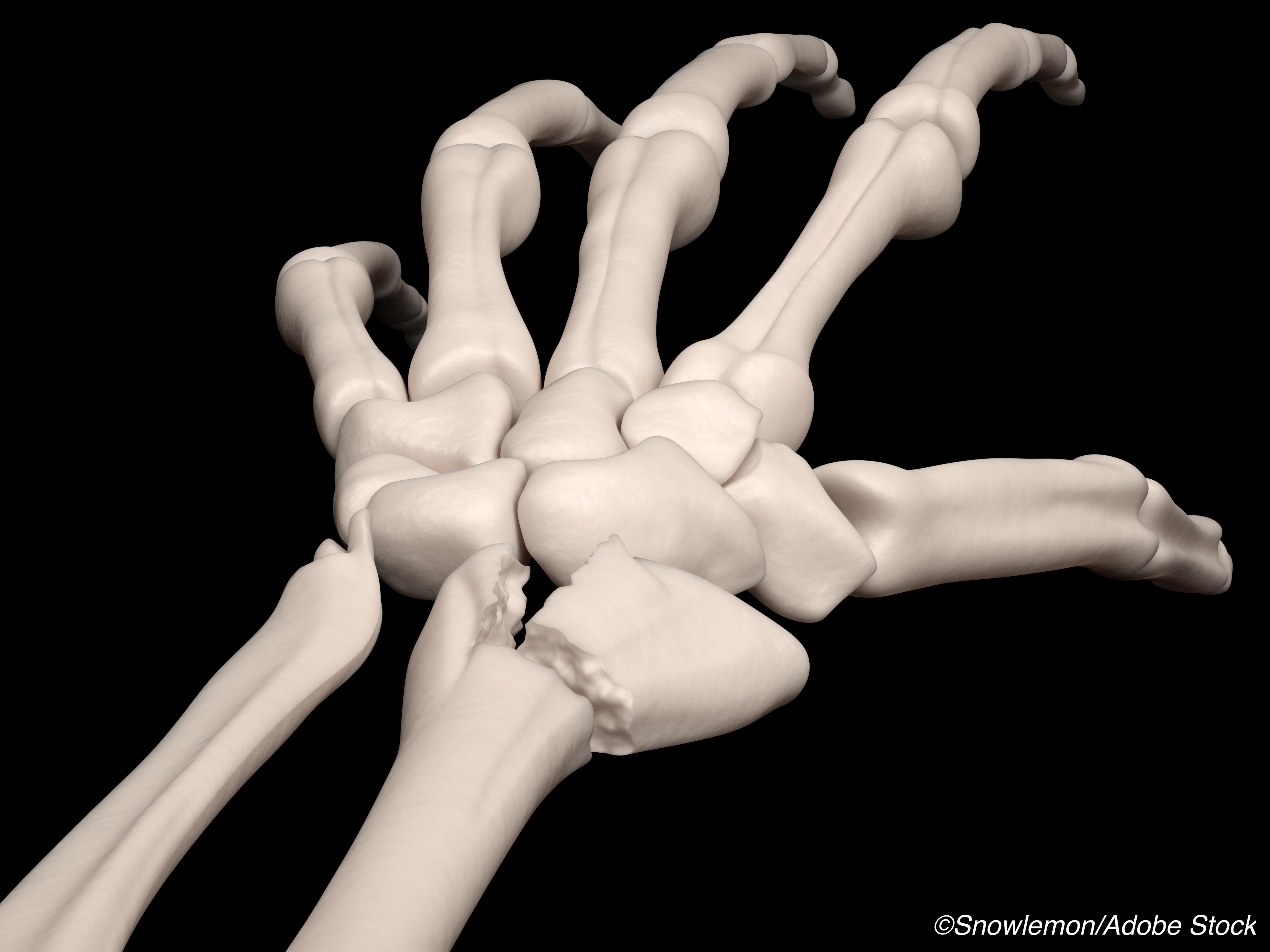
According to a randomized trial, which was combined with a parallel observational study, the use of volar-lock plate fixation did not significantly improve wrist pain or function compared to nonsurgical treatment in treating broken wrists. The study, carried out by the CROSSFIRE (Combined Randomized and Observational Study of Surgery for Fractures in the Distal Radius in the Elderly) Study Group, was published in JAMA Surgery.
These types of fractures are extremely common, particularly in older persons who have osteoporosis and have an increased risk of falling. According to the authors of this study, the most common techniques for dealing with risk fracture are nonsurgical treatment by closed reduction and cast immobilization (CR) and surgical treatment by open reduction and fracture fixation using a volar-locking plate (VLP).
The authors further pointed out that surgical treatment options, such as the use of VLP fixation, have become more popular, even though the evidence is lacking that it provides significant advantages over CR. In addition, it is significantly more expensive, with the cost differential between VLP fixation and CR estimated to be 10-fold.
In this study, the authors assessed whether adults 60 years and older with dorsally angulated, displaced distal radius fractures had better outcomes — patient-reported pain and function — at 12 months after being treated with VLP fixation compared to CR.
The trial included 300 patients from 19 centers in Australia and New Zealand, 166 of whom were randomized to receive surgical or nonsurgical treatment months (81 VLP and 85 CR) and were followed up at 3 and 12 months. The remaining 134 declined to be randomized and were included in an observational cohort with the same treatment options and follow-ups.
The primary outcome was the score on the Patient-Rated Wrist Evaluation (PRWE) questionnaire, which is a 15-item, patient-reported measure of pain and function that is reported on a 0- to 100-point scale, with higher scores indicating poorer outcomes.
The authors found no clinically important difference between the VLP and CR groups in 12-month PRWE scores, with mean (SD) PRWE scores of 19.8 (21.1) for VLP fixation compared with 21.5 (24.3) for CR (mean difference of 1.7 points). A multivariate analysis adjusting for age and sex revealed no significant difference in PRWE score at 12 months between the 2 groups.
There was a small, but clinically unimportant benefit for VLP fixation over CR for wrist pain and function at 3 months, with mean (SD) PRWE scores of 28.1 (23.1) for VLP fixation and 37.1 (22.3) for CR (mean difference of 9 points).
Patients receiving VLP were also more likely to rate their treatment as successful at 12 months compared to patients receiving CR (70% versus 57%), and there was no significant difference in total complications between groups (14% for the CR group and 8% for the VLP group; risk ratio, 0.53; 95% CI, 0.21-1.33).
The authors noted that recently published clinical practice guidelines were based on two randomized clinical trials — one of which made a weak recommendation for surgical treatment of adults over 65, while the other recommended CR as the primary treatment option (after careful consideration of patient characteristics).
“There is now sufficient high-quality evidence to review and revise clinical practice guidelines concerning the treatment of wrist fractures in older patients,” the CROSSFIRE authors wrote, adding that their findings should encourage physicians to “carefully consider the indications and cost implications for surgical treatment in this context.”
In a commentary accompanying the study, E. Gene Deune, MD, MBA, Division of Plastic Surgery/Hand Surgery, University of North Carolina, Chapel Hill, noted that multiple articles looking at outcome differences between either closed or surgical treatment for wrist fracture reported on retrospective studies.
Like these other studies, the CROSSFIRE group found no clinically important difference in wrist pain and function between the two treatments. However, the fact this was a prospective and randomized study “carries significant gravitas,” wrote Deune, adding that he hopes the group will report long-term follow-ups on the different treatment groups in the study, and that other centers will perform their own prospective randomized studies in order to better establish treatment recommendations for wrist fracture in older patients.
-
Compared to nonsurgical treatment, surgical plating does not signficantly improve outcomes in older adults with wrist fracture.
-
While there was a small benefit for volar-lock plate fixation over closed reduction and wrist immobilization for wrist pain and function at 3 months, the difference was clinically insignificant at 12 months follow-up.
Michael Bassett, Contributing Writer, BreakingMED™
Neither the researchers nor the editorialist disclosed any relevant relationships.
Cat ID: 161
Topic ID: 97,161,282,494,438,730,192,925,161



Create Post
Twitter/X Preview
Logout